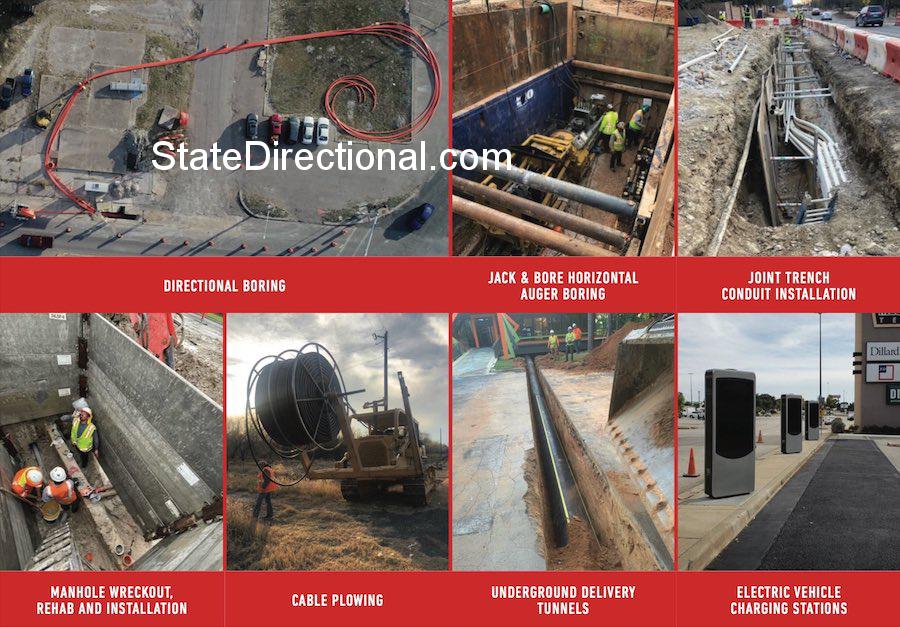Manhole Installation
Manhole wreckout, rehabilitation, and installation are important processes involved in maintaining and improving the condition and functionality of manholes in sewer and drainage systems.
Manhole wreckout refers to the process of demolishing and removing a damaged or deteriorated manhole. This may be necessary when the manhole is beyond repair, poses a safety risk, or is no longer needed due to changes in the sewer or drainage system. The wreckout process involves removing the manhole cover, dismantling the structure, and removing all debris and material from the site.
Manhole rehabilitation involves repairing and refurbishing a manhole to extend its useful life and prevent further deterioration. This may include repairing cracks, reinforcing the structure, improving water-tightness, and adding features such as ladders, steps, and handrails. Rehabilitation may also include the installation of protective coatings or liners to prevent future damage and extend the lifespan of the manhole.
Manhole installation involves the construction of new manholes or the replacement of existing manholes in sewer and drainage systems. This may be necessary when expanding or upgrading the system, improving drainage, or replacing old and damaged manholes. The installation process involves excavating the area, preparing the base, installing the precast or cast-in-place manhole structure, and connecting it to the sewer or drainage system.
All of these processes require specialized equipment and expertise to ensure that the work is done safely, efficiently, and to meet all regulatory requirements. Proper maintenance and installation of manholes is essential for the efficient and safe operation of sewer and drainage systems, as well as protecting public health and the environment.


